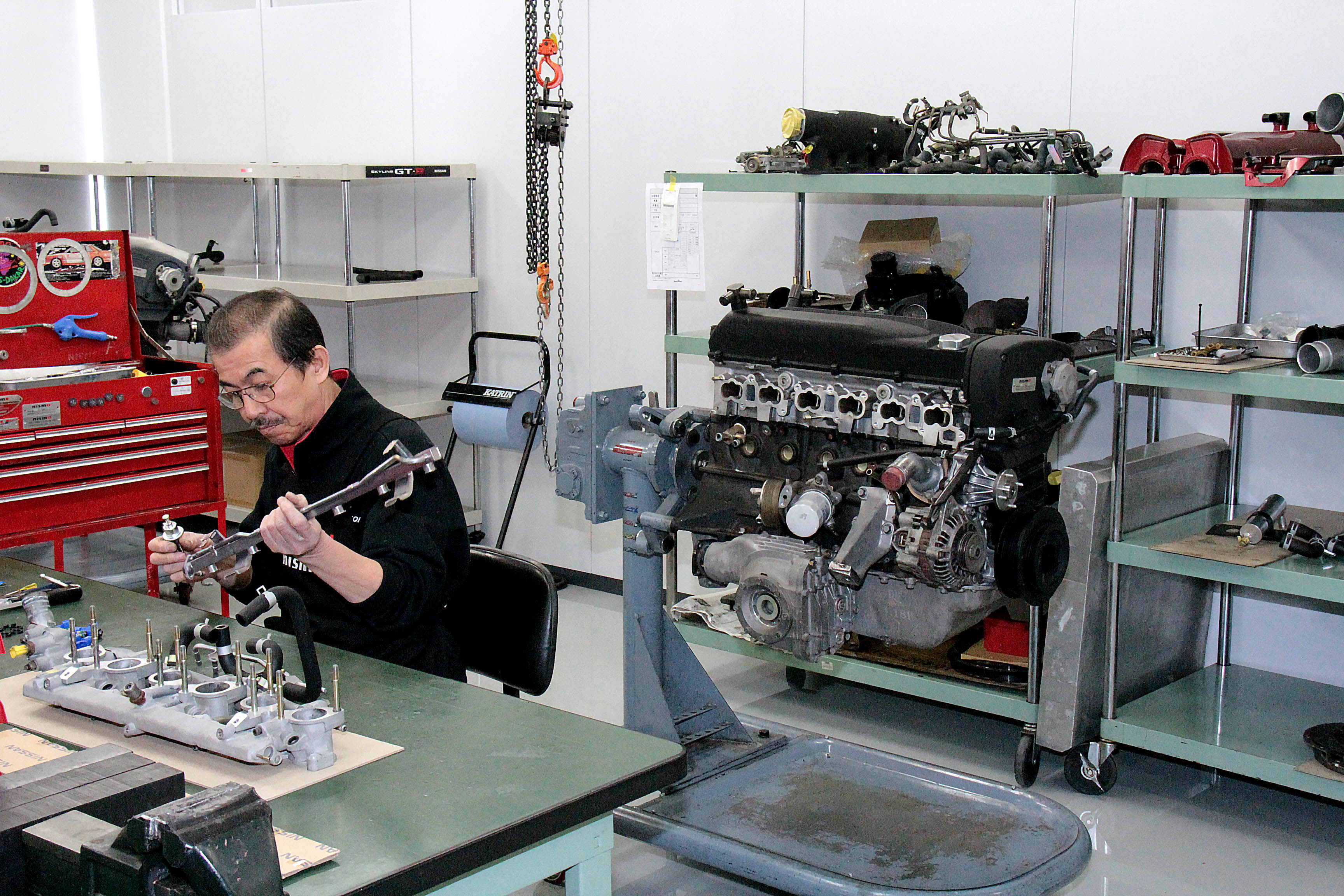Reverse Auto Flow? US‑EU Tariff Deal May Unleash U.S. Car Exports
Could the 15% US‑EU Tariff Deal Trigger a Reverse Flow of U.S. Vehicles?
As the new U.S.–EU trade agreement imposes a 15% tariff on European auto imports, while knocking down EU duties on U.S. vehicles to virtually zero, a potentially unseen opportunity is emerging: American car exports heading back to Europe. This developing reverse flow could reshape transatlantic shipping, berth utilization, and the future of auto logistics.
What Changed—and Why It Matters
The New Tariff Framework
-
From August 1, 2025, the U.S. will impose a flat 15% tariff on most EU goods, including automobiles and parts—avoiding the previously threatened 27–30% rate.
-
In return, the EU has agreed to eliminate its 10% auto tariff on American-made vehicles, paving the way for nearly tariff-free U.S. car exports into European markets.
Asymmetry Creates New Auto Dynamics
-
Now, U.S. brands enjoy zero or low-duty access to EU markets, while European competitors face elevated U.S. import costs.
-
The imbalance gives U.S. EVs, pickups, and industrial vehicles newfound pricing power in Europe.
Reverse Flow Potential: Why This Could Happen
Stronger U.S. Export Signals
-
U.S. OEMs—Tesla, Ford, GM—could leverage the tariff advantage to expand European distribution.
-
Early demand may emerge in fleet sales, EV growth markets, and specialty vehicle segments.
Empty Backhaul Sailings and Capacity Rebalancing
-
Many transatlantic routes return underutilized—reverse shipments of U.S. autos could fill empty legs, boosting vessel economics.
-
Carriers and port planners must assess whether current Ro/Ro capacity and container service schedules can support outbound U.S. auto flows.
Port & Regulatory Adjustments Required
-
European ports accustomed to inbound only may need to adapt for outbound U.S. vehicle export processing: customs clearance, export documentation, and staging areas.
-
On the U.S. side, export logistics hubs equipped for inspection, consolidation, and regulatory compliance will become critical.
Impacts on the Shipping Ecosystem
Service Design & Competitive Advantage
-
Carriers that bundle inbound EU-to-U.S. import lanes with outbound U.S. export services gain utilization flexibility and pricing strength.
-
Logistics providers skilled in reverse logistics, export prep, and export documentation will be in high demand.
Port Strategy Shifts
-
Major U.S. export gateways on each coast—New York/New Jersey, Los Angeles, Miami—may pivot to support outbound vehicle flows.
-
Terminal operators in Europe may invest in reverse-handling infrastructure to support loading, inspections, and yard buffers.
Future Scenarios: What Could Be Ahead
| Scenario | Description |
|---|---|
| A. U.S. Cars Surge into Europe | Tariff-free U.S. vehicles gain traction across dealer networks—reverse flows rise quickly. |
| B. EU Imports Still Dominate | European vehicles remain dominant in U.S. and exports stay niche—reverse flow is marginal. |
| C. Balanced Two-Way Corridor | A steady corridor of U.S.–EU transit emerges—shipping providers structure dual-lane contracts. |
Strategic Recommendations for Logistics Operators
-
Track automaker export plans—especially EV and truck rollouts targeting EU markets.
-
Offer two-way lane shipping contracts combining inbound and outbound volumes for clients.
-
Invest in export-facing infrastructure at U.S. ports and partner with European terminals capable of handling vehicle export needs.
-
Develop export compliance expertise across U.S. and EU regulations and documentation.
-
Monitor European demand trends for U.S. vehicles through dealerships, fleet buyers, and consumer signals.
Ready to Navigate U.S.–EU Reverse Auto Flow?
West Coast Shipping is uniquely positioned to support this emerging trade dynamic. We offer turnkey solutions for outbound U.S. auto shipping—from export prep to carrier scheduling and customs compliance. Let us help you explore opportunity, manage risk, and capture upside in two‑way trade flows.
Contact us today to discuss bespoke transatlantic shipping strategies.
You May Also Like
These Related Stories

How Much Does It Cost To Import A Car From Europe To The U.S. In 2025?

Harley-Davidson and the EU Tariff Paradox: How 50% Duties Backfired

-093789-edited.png?width=220&height=79&name=wcs_final_logo_(1)-093789-edited.png)
